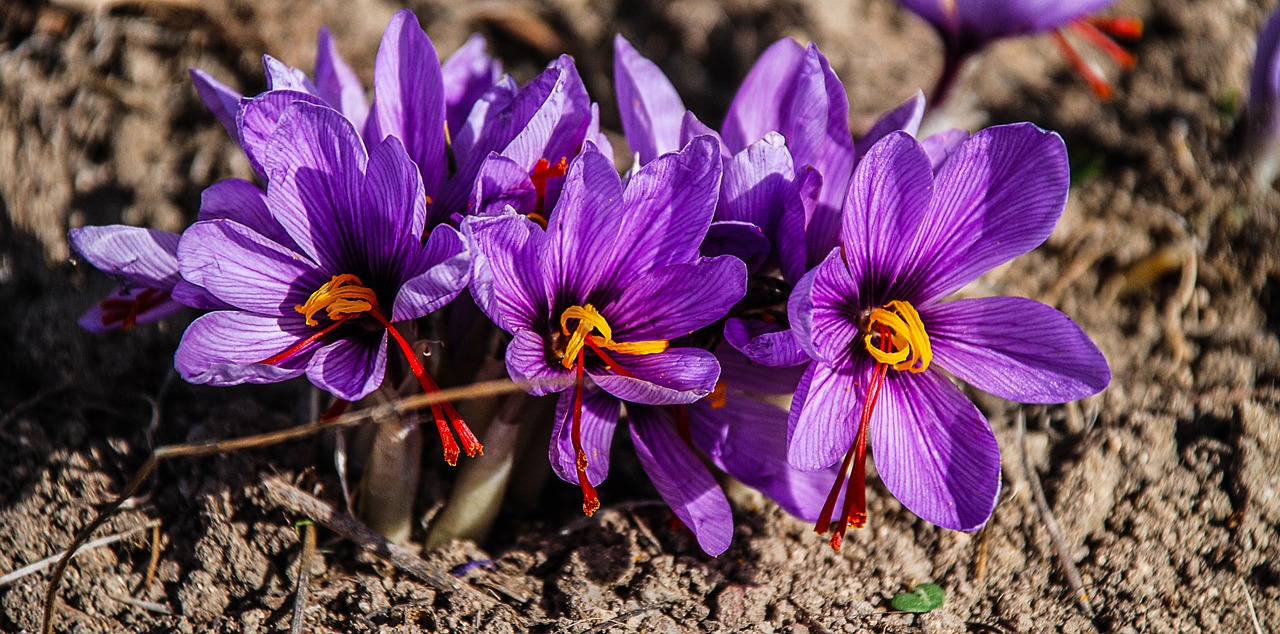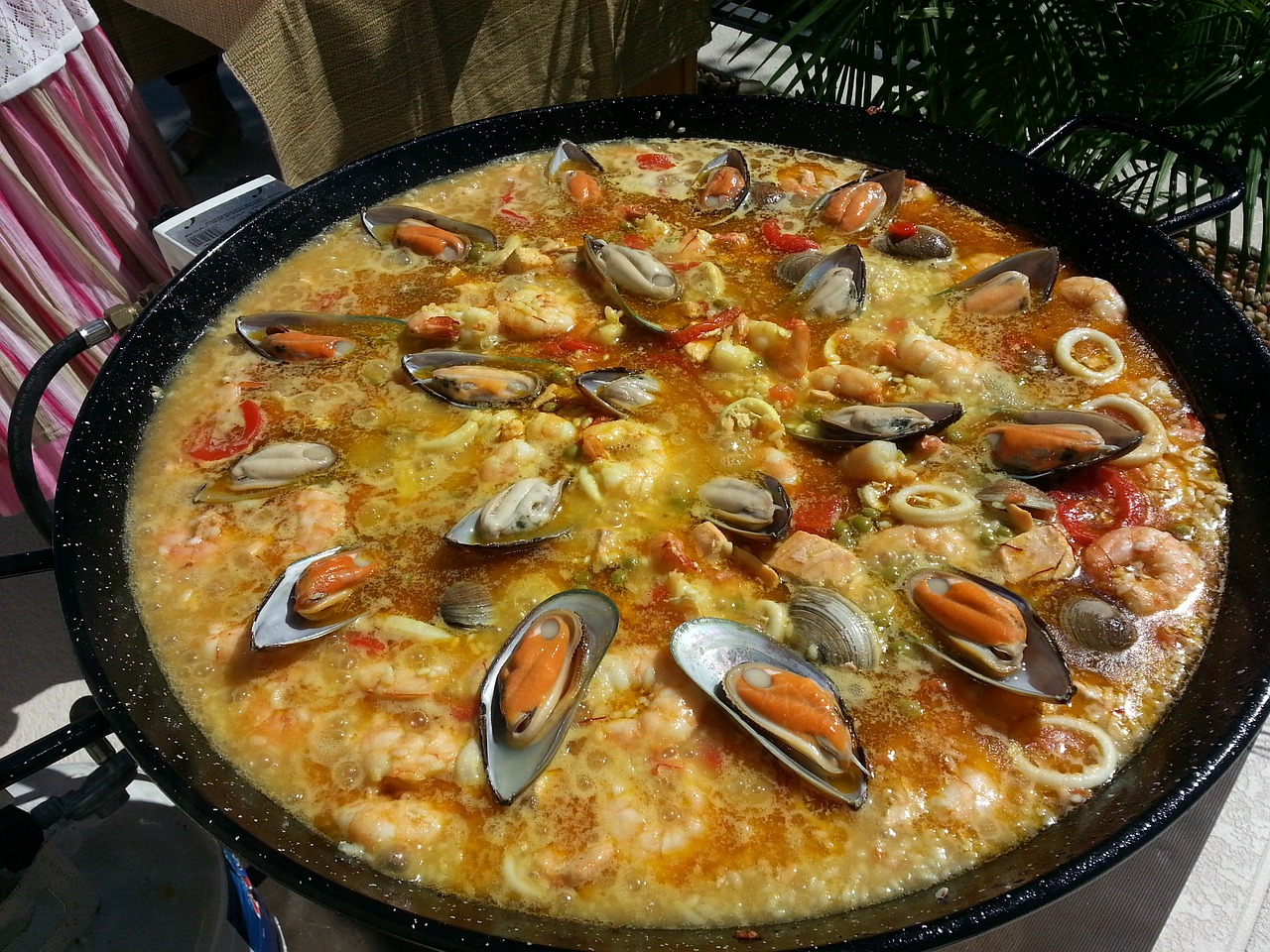Saffron is considered one of the top 16 most expensive substances in the world by weight and easily the most expensive cultivated spice in the world. It has a long history of being both highly coveted and highly adulterated. Given it's labor intensive cultivation and harvest, it's no surprise.
What exactly is Saffron?
Saffron threads come from the autumn flowering bulb, Crocus sativus. The flower of the crocus is a beautiful violet color that blooms in the autumn and offers a very short (2-3 day) window of harvest. It is from the center of this bloom that three delicate, red-orange stigma protrude from one single style. These three stigma, the female reproductive organs, are hand-picked and dried and sold as Saffron. It takes about 75,000 flowers or 225,000 stigma to produce one pound of Saffron. It's no surprise that one of Saffron's nicknames is Red Gold.
 ORIGINS OF SAFFRON
ORIGINS OF SAFFRON
Saffron is believed to have originated in Persia (Iran) in the Middle East and was brought to England by the Romans. It wasn't until early 1700's when thousands fled religious persecution in Europe that Saffron was brought to the Americas, specifically Pennsylvania, where it is still cultivated today by the Pennsylvania Dutch. While not a major production source, it is noteworthy that Saffron can be grown successfully here.
FINDING GENUINE SAFFRON
Iran is currently the largest producer of Saffron, accounting for nearly 80-90% of the worldwide crop with Spain and India making up the majority of the remainder. The high cost of this special spice has given it cause for adulteration since the beginning of the Saffron trade. Look for pure Saffron threads that are red-orange in color with a trumpet like flute on one end and a thin yellow tendril where it was separated from the style on the other end. Roman author Pliny considered nearly all saffron to be falsified. In medieval market towns in Italy and southern Germany the legal punishment for adulterating saffron was to be burned or even buried alive. It is best to avoid buying ground Saffron as the powdered form makes it much easier to taint with cheaper spices and flowers like Calendula or Safflower and the whole form is always going to be fresher.
VARIED USES OF SAFFRON
These days the love affair with this precious and valuable spice is mainly in the kitchen where it is appreciated for its earthy hay-like aroma and golden hue in classic dishes like French bouillabaisse, risotto a la Milanese and Spanish paella. Saffron has long been used as a dye to impart a unique golden hue to robes of emperors and royalty alike. Even today, despite the high price, the robes of Buddhist monks are dyed using the stigma of the crocus bulb.

SAFFRON IN THE KITCHEN
Thankfully a little of this spice goes a long way however you choose to use it. Crocin is the main pigment responsible for the coloring ability of Saffron and Safranal is the main volatile oil giving Saffron it's flavor and aroma. The pigment and oils are released by soaking a small amount of threads in warm water (not boiling) for up to 20 minutes before adding to a recipe. In rice dishes or any dish with ample warm liquid the threads can be added directly to the dish. Saffron continues to release its flavor and aroma for up to 24 hours within a dish often making leftovers, if there are any, a whole new satisfying experience. Saffron's ability to round out a dish, impart a beautiful golden hue and offer a delicate yet exotic aroma to whatever it is added to has made it worth it's weight in gold, and given that by the ounce it can be even more expensive than gold, perhaps we should simply say, it's worth it's weight!
